Re: Article: Over Grading of Blue Fluorescent Diamonds Revis
michaelgem » 08 Mar 2016 21:35
Bryan that isn't so obvious to me for practical reasons, for starters GIA isn't likely to make to make a 3 foot+ diamond dock with big lighting tubes. Then there are also light quality problems.
Texas Leaguer|1458042404|4005520 said:The obvious solution in my mind is to simply increase the grading distance from the light source to the point where UV is eliminated. VV may still be present, but not in sufficient intensity to cause color masking and to therefore introduce grading inaccuracy.
michaelgem » 08 Mar 2016 21:35
michaelgem said:At this distance the main difficulty grading is not light intensity, which was more than adequate. It was the quality of the light. Even when you are only 7 inches from the tubes in the DiamondDock reflections and sparkle make it difficult to gauge the body color against the masters. That is why there is a tendency to raise the tray closer to the tubes where the illumination is more diffuse and the body color more discernible, but also where the UV and visible light intensity enhances the color
Bryan that isn't so obvious to me for practical reasons, for starters GIA isn't likely to make to make a 3 foot+ diamond dock with big lighting tubes. Then there are also light quality problems.

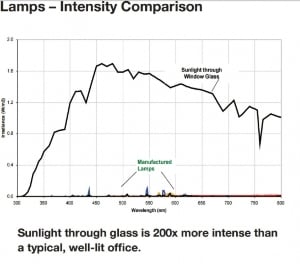
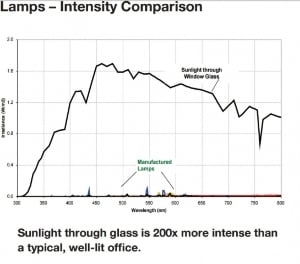
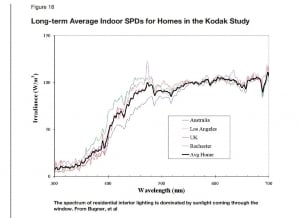
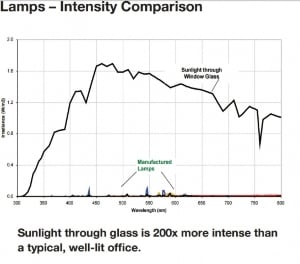


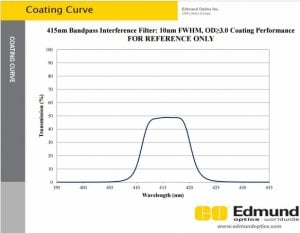
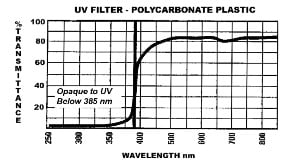
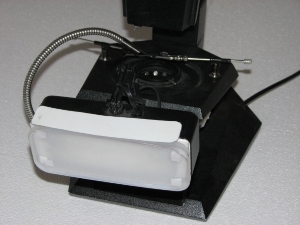
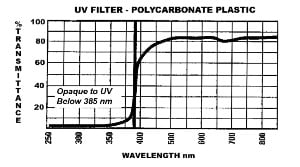
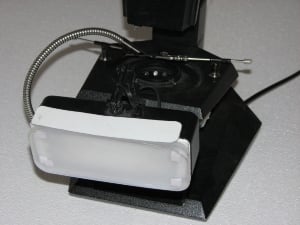
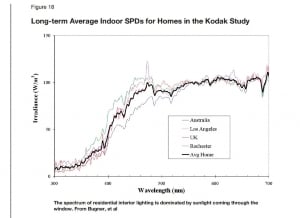


300x240.png)